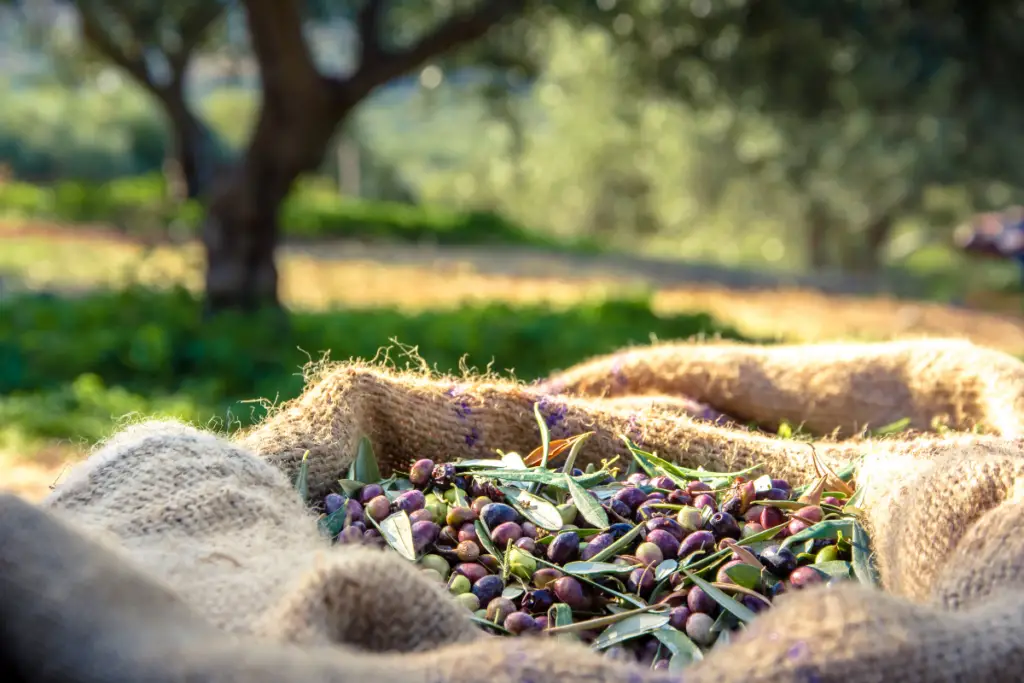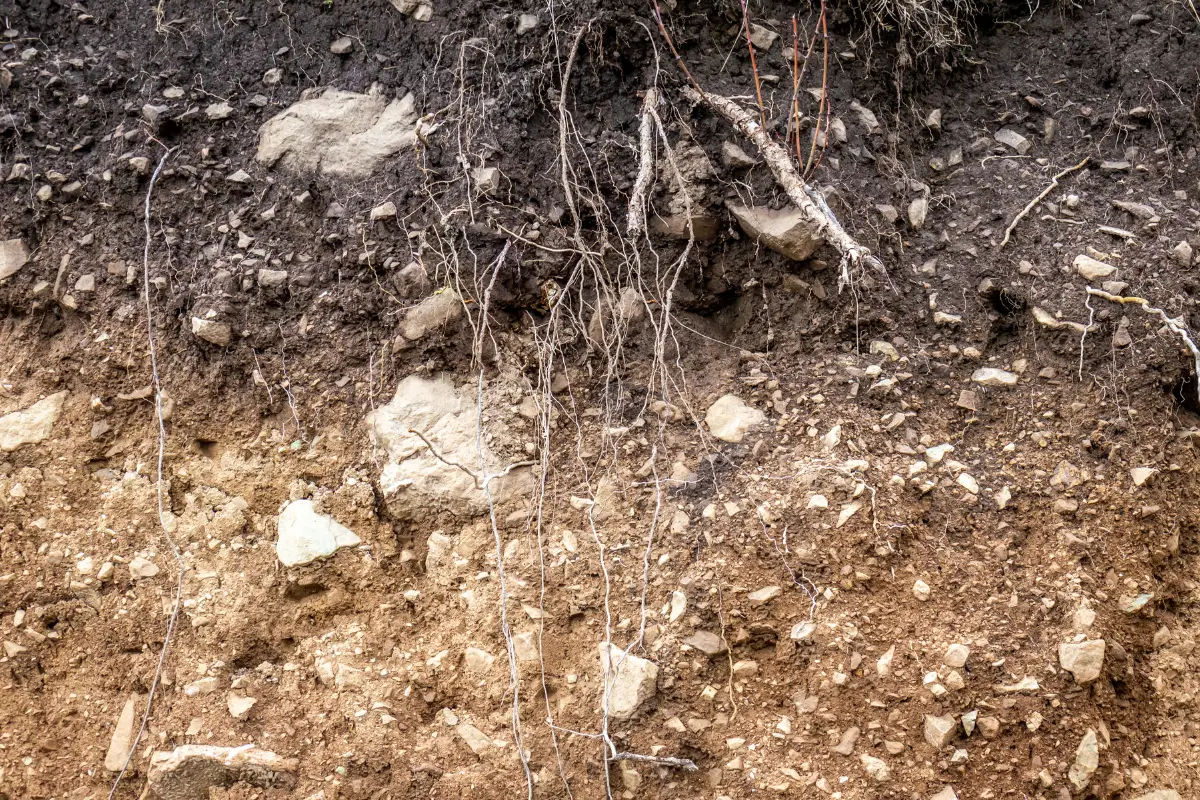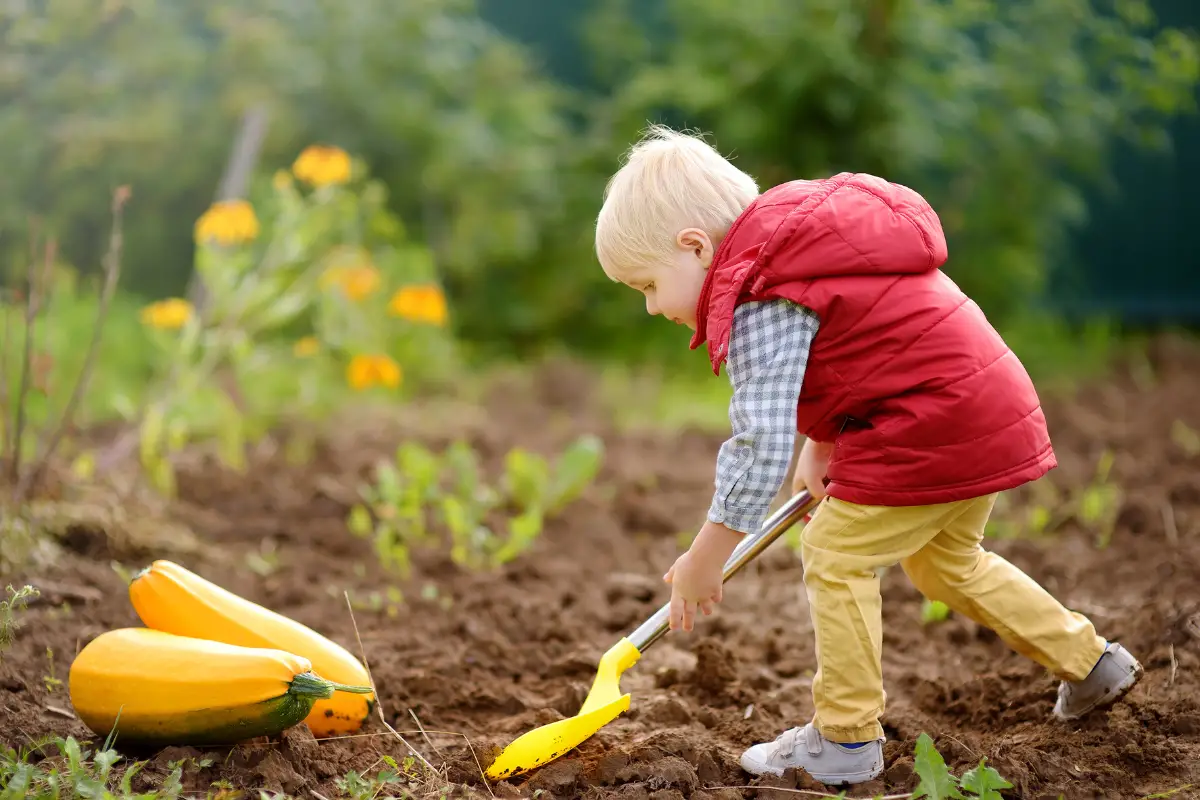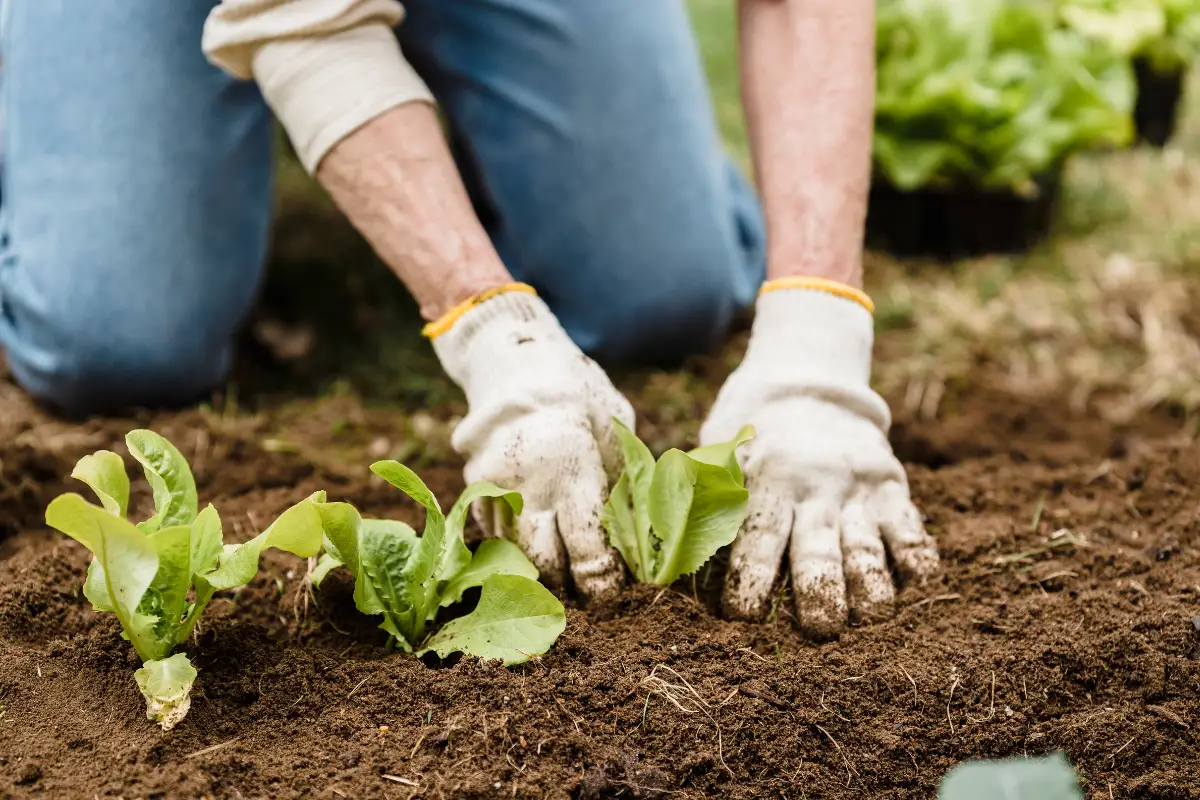Olive trees are known for their beautiful foliage and their delicious fruit that is used to produce olive oil.
However, if you are planning to plant an olive tree, you might be wondering how long it takes for the tree to bear fruit.
The answer to this question depends on several factors, including the variety of olive tree, the growing conditions, and the age of the tree.
When grown in the traditional open-grove way, olives begin bearing fruit in the tree’s fifth year and have full fruit production in seven to eight years after planting.
However, certain varieties of olive trees can bear fruit quite early, after just two years, while others can take five to twelve years to bear fruit.
The variety of olive tree will directly affect the harvest, and the production of olives will progressively lessen for the rest of the life of the tree.
If you are planning to grow olive trees, it is important to choose the right variety for your climate and growing conditions.
The best time to plant olive trees is during spring and fall, and it is important to place them in an area where they will thrive.
With proper care and attention, olive trees can be a beautiful addition to any garden or orchard, and they can provide a bountiful harvest of delicious olives for many years to come.

Table of Contents
Understanding Olive Trees
Olive trees are evergreen trees that are native to the Mediterranean region. They are known for their oil-rich fruit and are widely cultivated for their oil and table olives.
Olive trees are slow-growing and can live for hundreds of years.
In this section, we will discuss the different types of olive trees and the growing conditions they require.
Olive Tree Types
There are many different types of olive trees, each with its own unique characteristics.
Some of the most common types of olive trees include:
- Arbequina: This is a small, fast-growing tree that is known for its high-quality oil.
- Kalamata: This is a larger tree that produces large, meaty olives that are often used for table olives.
- Mission: This is a hardy tree that is often used for landscaping and produces medium-sized fruit that is good for both oil and table olives.
- Picholine: This is a medium-sized tree that produces small, flavorful olives that are often used for oil.
Growing Conditions
Olive trees require specific growing conditions in order to thrive. They prefer a warm, sunny climate with well-draining soil.
Olive trees are drought-tolerant but require regular watering during the growing season. They also require fertilization and pruning in order to produce fruit.
Here are some key growing conditions for olive trees:
- Climate: Olive trees prefer a warm, sunny climate with mild winters and hot summers. They are sensitive to frost and should be protected in areas with cold winters.
- Soil: Olive trees require well-draining soil that is rich in nutrients. They prefer a pH of 6.0-8.5 and should be planted in an area with good air circulation.
- Watering: Olive trees require regular watering during the growing season. They are drought-tolerant but should be watered deeply once a week during dry periods.
- Fertilization: Olive trees require regular fertilization in order to produce fruit. A balanced fertilizer should be applied in the spring and fall.
- Pruning: Olive trees require regular pruning in order to produce fruit. Dead or diseased wood should be removed, and the tree should be shaped to allow for good air circulation and sunlight.
Overall, olive trees are a rewarding crop to grow, but they require specific growing conditions and care in order to produce fruit.
By understanding the different types of olive trees and the growing conditions they require, growers can ensure a successful harvest.
Olive Tree Maturation
Olive trees are known for their longevity and slow growth. It can take several years for an olive tree to bear fruit.
The maturation process can be divided into three stages: Seedling Stage, Juvenile Stage, and Adult Stage.
Seedling Stage
During the Seedling Stage, olive trees are in their first two years of growth. At this stage, the tree is establishing its root system and developing its canopy.
It is not until the third year that the tree begins to produce fruit. However, the yield is low, and the fruit is not of high quality.
Juvenile Stage
The Juvenile Stage of olive tree maturation is from the third to the fifth year of growth. At this stage, the tree continues to develop its canopy and root system.
The fruit yield increases, but the fruit is still not of high quality. It is during this stage that the tree requires proper care and attention to ensure healthy growth.
Adult Stage
The Adult Stage of olive tree maturation begins after the fifth year of growth. At this stage, the tree has a well-established root system and canopy, and the fruit yield is at its highest.
The fruit is of high quality and can be harvested for consumption or oil production.
It is important to note that the maturation process of olive trees varies depending on several factors, such as climate, soil quality, and tree variety.
The information provided in this article is a general guideline for olive tree maturation.
Prices pulled from the Amazon Product Advertising API on:
Product prices and availability are accurate as of the date/time indicated and are subject to change. Any price and availability information displayed on [relevant Amazon Site(s), as applicable] at the time of purchase will apply to the purchase of this product.
Time to Fruit Bearing
Olive trees are known for their longevity and slow growth. It takes several years for an olive tree to bear fruit. However, once it starts producing fruit, it can continue to do so for centuries.
Initial Fruiting
When grown in the traditional open-grove way, olive trees begin bearing fruit in the tree’s fifth year and have full fruit production in seven to eight years after planting.
However, the fruit yield during this period is relatively low.
Peak Fruiting
A mature olive tree will almost always bear far more fruit than one that is newly producing. Generally, a smaller olive tree might produce around 30 to 40 pounds of fruit per year.
However, a mature tree can produce up to 100 pounds or more of fruit per year. The peak fruiting period for an olive tree is between 30 to 65 years.
It is important to note that the fruit production of an olive tree will gradually decline after its peak fruiting period. Production then begins to lessen progressively for the rest of the life of the tree.
Factors such as pruning, fertilization, and weather conditions can influence the fruiting of an olive tree.
Applying a balanced fertilizer at a rate of 1 pound per inch of trunk diameter, spread evenly around the drip line of the tree, can encourage fruiting.
Additionally, ideal flowering in California occurs when temperatures fluctuate daily between 35° -40° F minimum and 60° to 65° F maximum. Strong winds, hot temperatures, and freezing temperatures can negatively impact fruit set.
Factors Influencing Fruit Bearing
Olive trees are a long-term investment, taking several years to mature and produce fruit.
Several factors can influence fruit-bearing, including cultivation practices and environmental factors.
Cultivation Practices
The cultivation practices used can significantly impact the fruit-bearing of olive trees.
Pruning is especially important in the first few years after planting, as it can encourage branching and increase the number of fruiting sites.
Regular pruning can also help to prevent the tree from becoming too dense, which can reduce air circulation and increase the risk of disease.
Fertilization is another important factor in fruit-bearing. Olive trees require a balanced fertilizer that includes nitrogen, phosphorus, and potassium.
However, over-fertilization can lead to excessive vegetative growth and fewer fruiting sites.
Environmental Factors
Environmental factors can also impact the fruit-bearing of olive trees. Temperature, rainfall, and soil quality are all important considerations.
Olive trees prefer a Mediterranean climate, with hot, dry summers and mild winters.
In areas with high humidity, such as coastal regions, the risk of disease and pest infestations can be higher.
Soil quality is also important, as olive trees require well-draining soil with a pH between 5.5 and 7.5. Soil that is too acidic or alkaline can impact nutrient uptake and reduce fruit-bearing.
Additionally, olive trees require a significant amount of water during the fruit-bearing season, which typically occurs in the fall.
Common Challenges and Solutions
Growing olive trees can be a rewarding experience, but it is not without its challenges.
In this section, we will discuss some common challenges that olive tree growers may face and provide solutions to help mitigate these issues.
Pests and Diseases
Olive trees can be susceptible to various pests and diseases, which can affect their growth and fruit production.
Some common pests that olive trees may encounter include olive fruit flies, olive psyllids, and olive moths.
These pests can damage the tree’s leaves, fruit, and bark, leading to reduced yields and even death of the tree.
To prevent pest infestations, growers should practice good orchard hygiene, including removing any fallen fruit or debris from the orchard floor.
They can also use insecticides or other pest control methods to manage pest populations.
It is important to follow the manufacturer’s instructions when using these products to avoid damaging the tree or harming beneficial insects.
In terms of diseases, olive trees can be affected by fungal diseases such as verticillium wilt and anthracnose.
These diseases can cause leaf wilting, yellowing, and fruit rot. To prevent these diseases, growers should ensure their trees are planted in well-draining soil and avoid overwatering.
They can also use fungicides or other disease control methods to manage disease outbreaks.
Unfavorable Weather Conditions
Olive trees require specific weather conditions to thrive and produce fruit. They prefer warm, dry climates with mild winters and hot summers.
However, extreme weather events such as frost, drought, or excessive heat can damage the tree or reduce its fruit production.
To mitigate the effects of unfavorable weather conditions, growers should take steps to protect their trees.
For example, they can cover the tree with frost blankets during cold weather or provide extra water during drought conditions.
They can also plant their trees in areas with good air circulation to prevent heat stress.
Conclusion
In conclusion, the time it takes for an olive tree to bear fruit depends on several factors, including the variety of the olive tree, the growing conditions, and the age of the tree.
Some varieties of olive trees can bear fruit as early as two years after planting, while others can take up to 12 years to produce fruit.
When grown in the traditional open-grove way, olives begin bearing fruit in the tree’s fifth year and have full fruit production in seven to eight years after planting.
The slow-growing trees take 65 to 80 years to reach stable yields. Production then begins to lessen progressively for the rest of the life of the tree.
To encourage an olive tree to fruit, it is important to provide it with the proper growing conditions, including well-draining soil, plenty of sunlight, and regular watering.
Fertilization and pruning can also help to promote fruiting.
- How to Dry Basil Leaves: A Professional Guide
- Is an Avocado a Fruit or Vegetable? Simple Answer and Explanation
- Does Pineapple Have Seeds? Exploring the Anatomy of Pineapples
- Blooming Through Winter: Can I Grow Vegetables Indoors in the Winter?
- What Can You Grow in a Greenhouse All Year Round: A Guide to Year-Round Greenhouse Gardening
- Are Blueberries Blue? Debunking the Myth of Their Color























